No products in the cart.
Home Improvement, Lawn and Gardening, Plants and Planters, Plants Saplings
Philodendron Melanochrysum Plant
NPR 2,300.00 NPR 2,500.00
Philodendron Melanochrysum plants, also commonly known as black-gold philodendron, are a rare type of vining philodendron that have become popular as houseplants due to their gorgeous foliage. Their velvet leaves come in shades of dark green with brilliantly contrasted yellow veins and can get as large as 24 inches long. While these plants can be difficult to come across, they are surprisingly easy to care for once you finally have one in your possession.
Facts about Philodendron Melanochrysum
- Botanical Name: Philodendron melanochrysum
- Common Name: Black-gold philodendron, melano plant
- Family: Araceae
- Plant Type: Perennial, vine
- Mature Size: 3-5 ft. tall, 1-2 ft. wide (indoors); 12 ft. tall, 8 ft. wide (outdoors)
- Sun Exposure: Partial
- Soil Type: Loamy, moist but well-drained
- Soil pH: Acidic
- Bloom Time: Summer
- Flower Color: Green, white
- Native Area: South America
Care Tips of Philodendron Melanochrysum
- Light: Philodendron melanochrysum naturally grow as forest understory plants where they receive dappled, indirect light. When grown indoors, it is best to try and replicate these conditions by choosing a location for your melanochrysum that receives bright, indirect light. Avoid exposing these tropical plants to prolonged periods of direct sunlight as the leaves can burn easily.
- Soil: When it comes to choosing the right potting medium for your philodendron melanochrysum, stick to mixtures that are well-draining but moist, and high in organic content. Many growers choose to grow their philodendron melanochrysums in pure sphagnum moss as it is organic, airy, and retains water well. Alternatively, you can make your own soil mixture at home by combining one-part peat moss, one-part perlite, and one-part orchid bark mix.
- Water: These tropical plants require regular watering in order to grow well. As a general rule, you should water your philodendron melanochrysum once the top 2 to 3 inches of soil has dried out. Water your plant thoroughly until water drains from the pot’s drainage holes.
- Temperature and Humidity: Philodendron melanochrysum grow well in standard household temperature and humidity levels. However, they grow best in above-average humidity where possible. If you have a greenhouse or can place a humidifier near your plant—it will appreciate it!
- Fertilizer: Nutrient-rich soil is important to the health of the philodendron melanochrysum, and they benefit from regular fertilization during their active growing period. Use a balanced liquid fertilizer once a month from the early spring to the late summer.
- Propagation: As with most vining philodendrons, philodendron melanochrysum are easy to propagate by stem cuttings. This is a great way to reuse any trimmings that are left over from pruning and create new plants for yourself or your friends. Take cuttings that have at least two nodes along the stem. Remove the bottom 1-2 leaves on each cutting to expose the nodes, leaving 1-2 leaves on the top of the cutting. Place the cuttings in water, ensuring that the exposed nodes on the bottom of each stem are fully submerged, and put the cuttings in a location that receives bright, indirect light. After a couple of weeks, you should notice small roots beginning to sprout from the cuttings. Once the roots are at least an inch long you can replant the stem cuttings in a pre-moistened, well-draining potting mix.
- Common Pests & Plant Diseases: When grown indoors, philodendron melanochrysum are relatively well-protected from most pests and diseases. That being said, watch out for signs of common houseplant pests such as scale, mealybugs, fungus gnats, and spider mites; and diseases such as root rot, bacterial leaf spot, and fungal infections.
- Common Problems: Common problems with philodendron melanochrysum are usually a result of improper light or watering. Luckily, these plants are pretty resilient and if the issue is caught early enough, it is likely that they will make a full recovery. Overwatering is the most common cause of yellowing leaveson a philodendron melanochrysum. Cut off any affected leaves and ensure that you allow the top couple inches of soil to dry out between waterings. Brown, crispy leaves are usually an indication that your plant is not receiving enough moisture, or it is getting too much direct light (i.e. sunburn). Sometimes however, older leaves turning brown and falling off are just a natural part of the leaf’s life cycle and are no cause for concern. If you notice newer leaves developing brown spots, this is a larger cause for concern. Leggy growth is a common issue for many vining plants, and is an indication that your plant is not receiving enough light. Choose a spot that receives at least 6-7 hours of bright, direct sunlight.
Based on 0 reviews
Only logged in customers who have purchased this product may leave a review.
Vendor Information
- Store Name: Ajambari
- Vendor: Ajambari
- No ratings found yet!
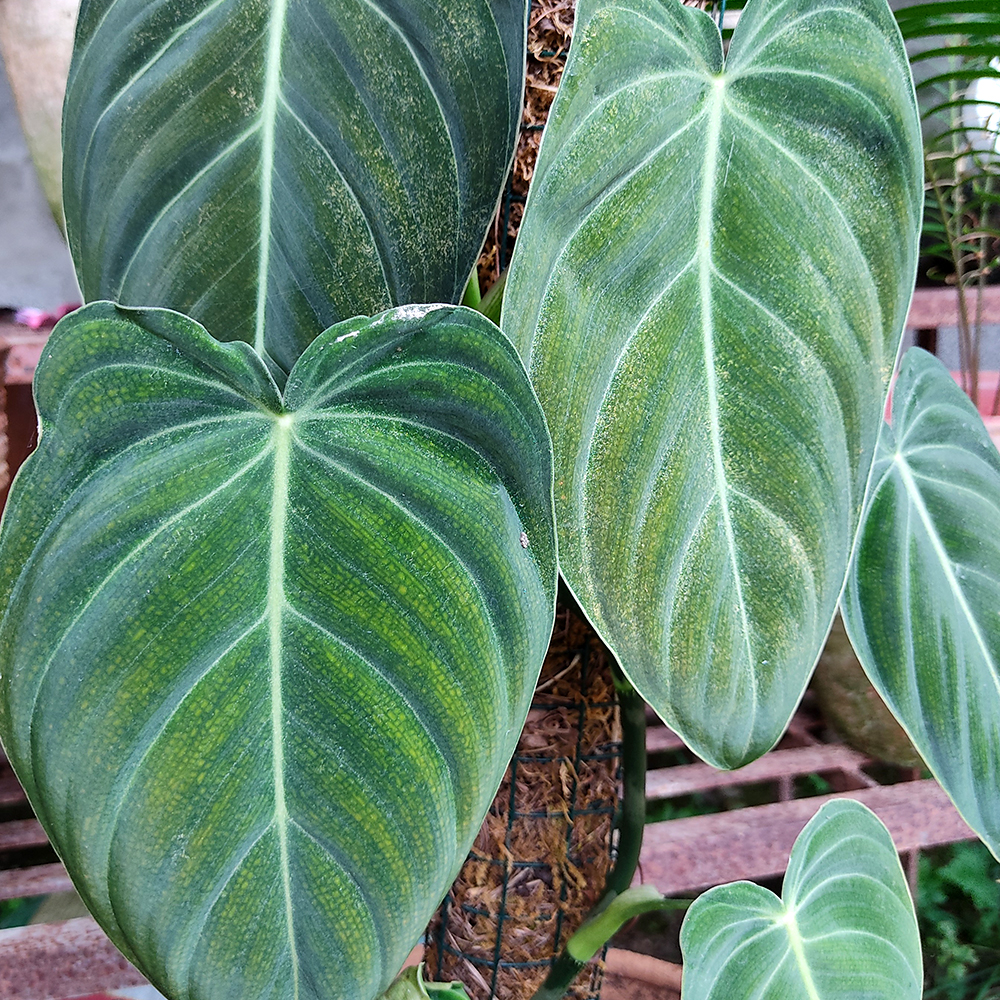


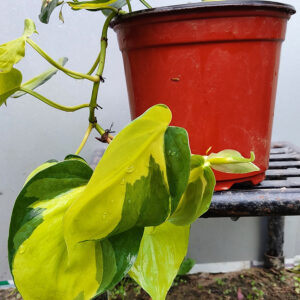
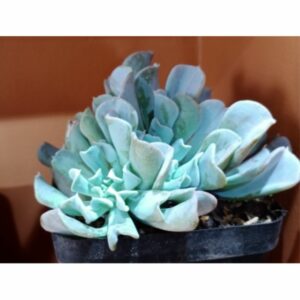

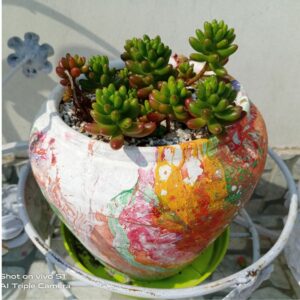
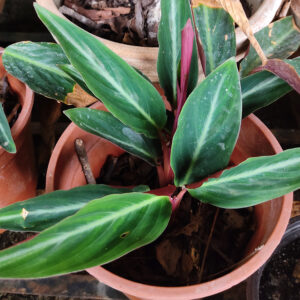
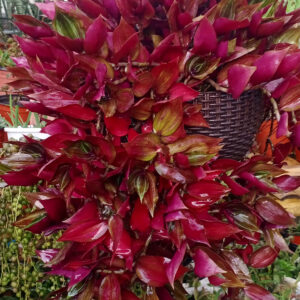

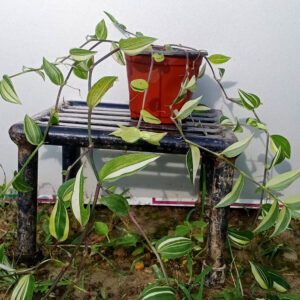
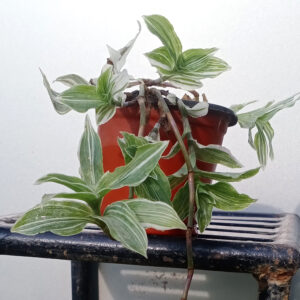
There are no reviews yet.